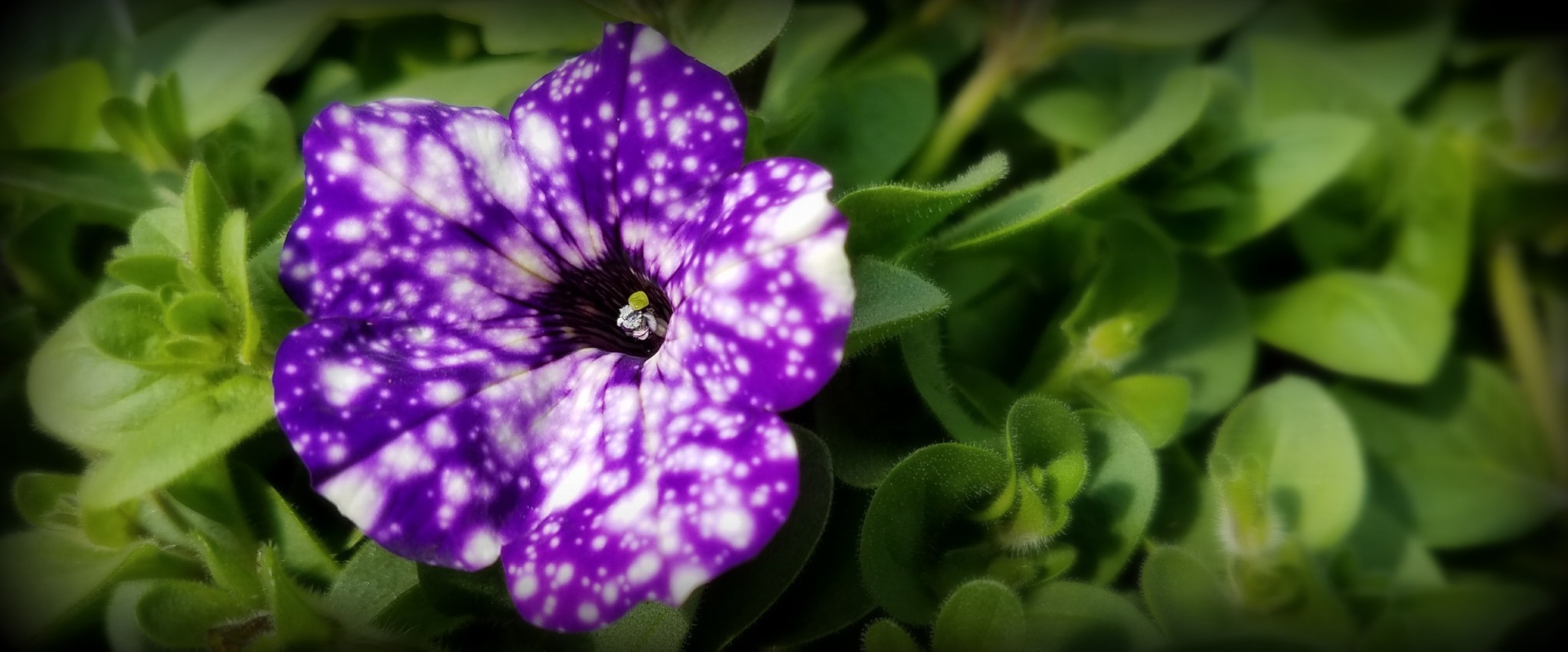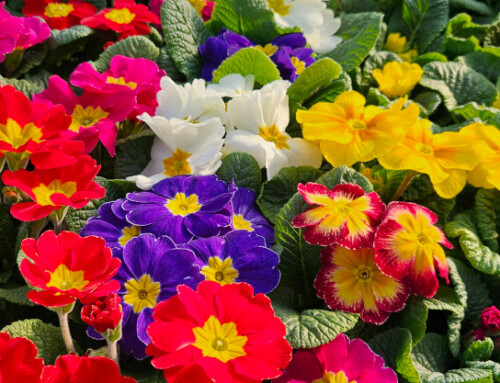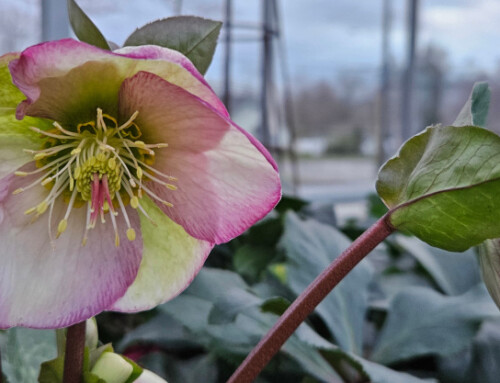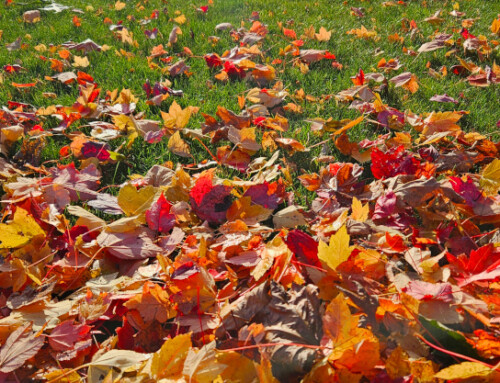To be fair, most of us living here in the Pacific Northwest have chosen our lot in life, but let’s be real—the last six months have tested even the most rain-loving among us. With blue skies finally arriving with some regularity, it’s now time to start planting flowers, vegetables, and other plants around your yard. As you relish bringing color back to your hanging baskets and planters, here are some my favorite plants to enjoy this spring and summer, and tips to keep them free from bugs.
The flower I’m probably most excited about this year is a real showstopper, and one I think you must see to fully appreciate. Night Sky petunia, a trailing variety that doesn’t require deadheading, is one-of-a-kind with its coloration. Boasting royal purple flowers with white specks and blotches, this petunia’s blooms look like a star-filled sky. Night Sky will turn whiter with purple blotches in summer heat, then return to purple with white specks when cooler nighttime temperatures return. Use it in sun-loving hanging baskets, patio pots or in the ground and enjoy the striking colors and changing patterns all season long.
My second picks for sun-loving containers is a new Superbells calibrachoa variety. With so many calibrachoa (commonly called million bells) colors out there today, it takes something special to impress me, but Tropical Sunrise Superbells does just that. Tropical Sunrise has two-tone flowers of striped pinkish-coral and soft yellow, and makes a great “spiller”—that is, trailing plant—in container combinations.
If vertical interest—particularly climbing interest—is what your pots need, black-eyed susan vines are unmatched in blooming power. Apricot-a-Peel is a new variety with dusky orange blooms from spring through autumn, blooming even into November. Plant it in a pot next to a trellis and watch it go!
Finally, if you’re looking for a mounding flower to fill out a planter, try using regal geraniums (also known as Martha Washingtons) for striking color. With large flowers and unique shades, regal geraniums are excellent “thrillers”—or centerpieces—for containers. Candy Flowers Dark Red is one of my favorites this spring, with wine-red flowers accented with a near-black center.
Now, understand that sooner or later bugs will find your flowers—and if you’ve been working out in your yard this spring, you may have seen evidence of aphids or other insects damaging your prized plants already. Plenty of insect control methods are available, but maybe none more fun to use than other bugs, especially if you have young children around.
The other bugs I’m referring to are some of nature’s best predators when it comes to garden pests: ladybugs, lacewings, and praying mantids. Available at Vander Giessen Nursery, a tub of ladybugs comes with several hundred of the cute (but voracious!) ladybugs ready to hunt down aphids and have a feast. Lacewings, a lesser-known but even more vicious aphid-killer, can eat up to 1000 aphids a day while young, and as an added benefit, they stay in your garden longer than ladybugs.
Finally, praying mantids may be the most interesting beneficial insect you can release in your garden. Each egg case is about the size of a walnut and holds up to 200 mantids that will spread out across your garden later this spring when warmer weather arrives, patiently waiting for any insect to fatefully cross their path. Mantids will stay in your garden throughout spring and summer, continually patrolling for other insects to eat.
As spring planting season gets underway, enjoy bringing vibrant color back to your garden and pots and watching it grow and thrive!








Leave A Comment